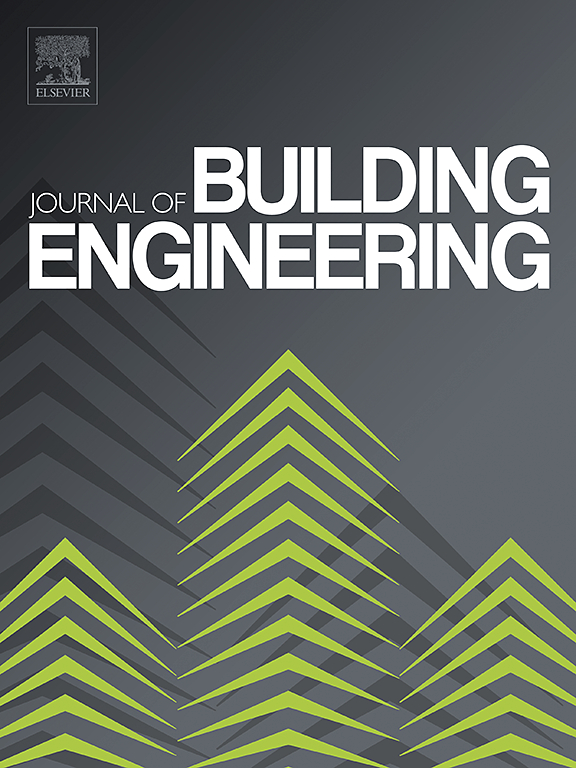Seismic damage recognition of structural and non-structural components based on convolutional neural networks
IF 6.7
2区 工程技术
Q1 CONSTRUCTION & BUILDING TECHNOLOGY
引用次数: 0
Abstract
Image-based rapid recognition of seismic damage of structural and non-structural components is significant for the emergency response and recovery decision making in the post-earthquake environment. A novel seismic damage rapid recognition method of structural and non-structural components based on convolutional neural networks (CNNs) is proposed in this study. Firstly, a seismic damage image dataset of reinforced concrete (RC) frame structural and non-structural components is built. Secondly, the damage recognition method of transfer learning (TL)-based AlexNet is proposed, which is proven to be superior through the contrast experiment with GoogLeNet and ResNet. Based on it, the optimal ceiling damage recognition model with an accuracy of over 93 % is established through studying the hyperparameters. Thirdly, an improved TL-based AlexNet is proposed to further enhance the accuracy of identifying seismic damage to components, achieving optimal recognition accuracies of 91.0 %, 95.5 %, and 80.8 % for beams and columns, ceilings, and infill walls, respectively. Finally, a graphical user interface (GUI) is designed and developed to break down professional barriers and broaden the user base. This study realizes the goal of damage recognition of multiple components of structures rationalistically and normatively.
求助全文
约1分钟内获得全文
求助全文
来源期刊

Journal of building engineering
Engineering-Civil and Structural Engineering
CiteScore
10.00
自引率
12.50%
发文量
1901
审稿时长
35 days
期刊介绍:
The Journal of Building Engineering is an interdisciplinary journal that covers all aspects of science and technology concerned with the whole life cycle of the built environment; from the design phase through to construction, operation, performance, maintenance and its deterioration.
 求助内容:
求助内容: 应助结果提醒方式:
应助结果提醒方式:


